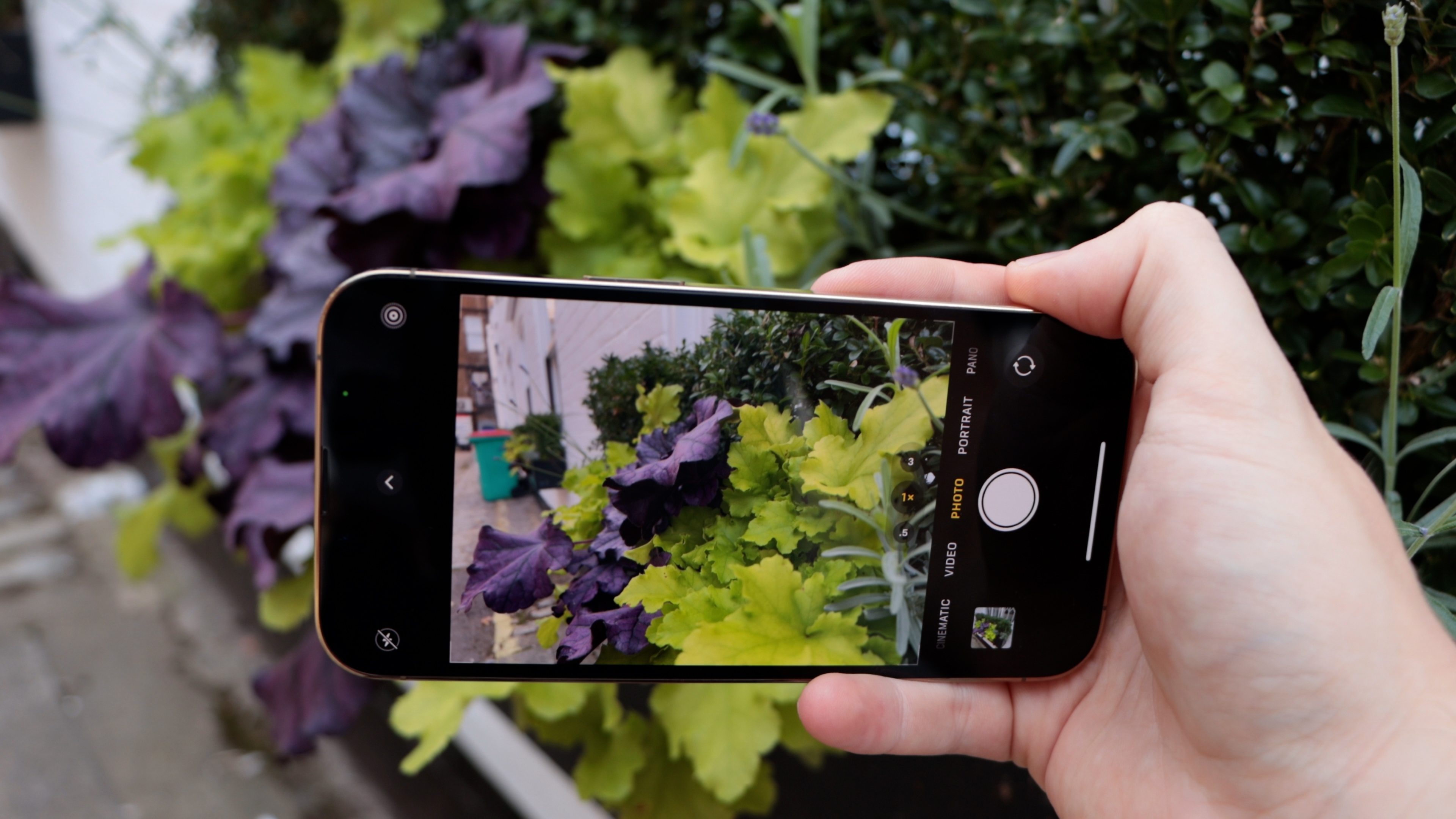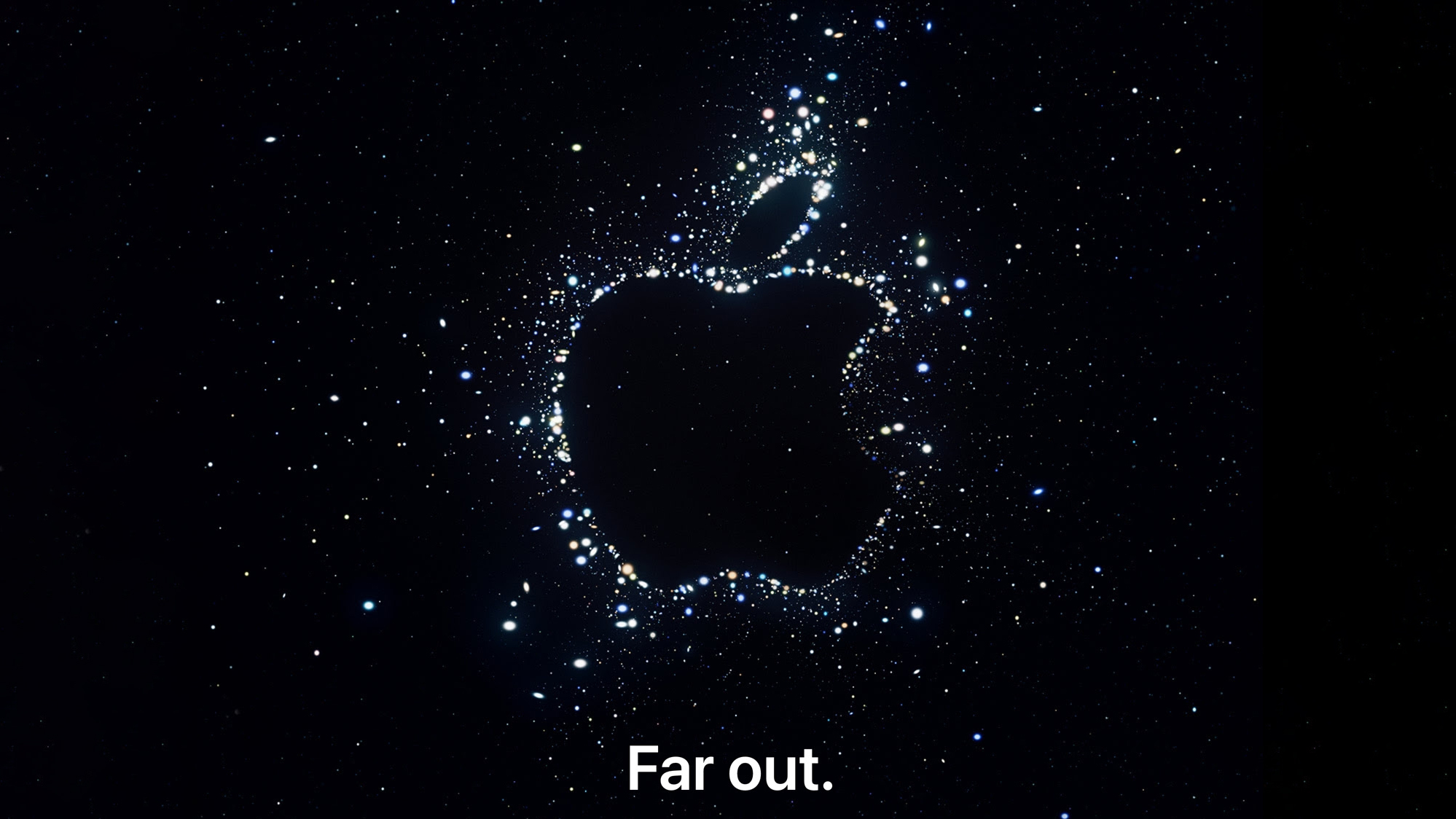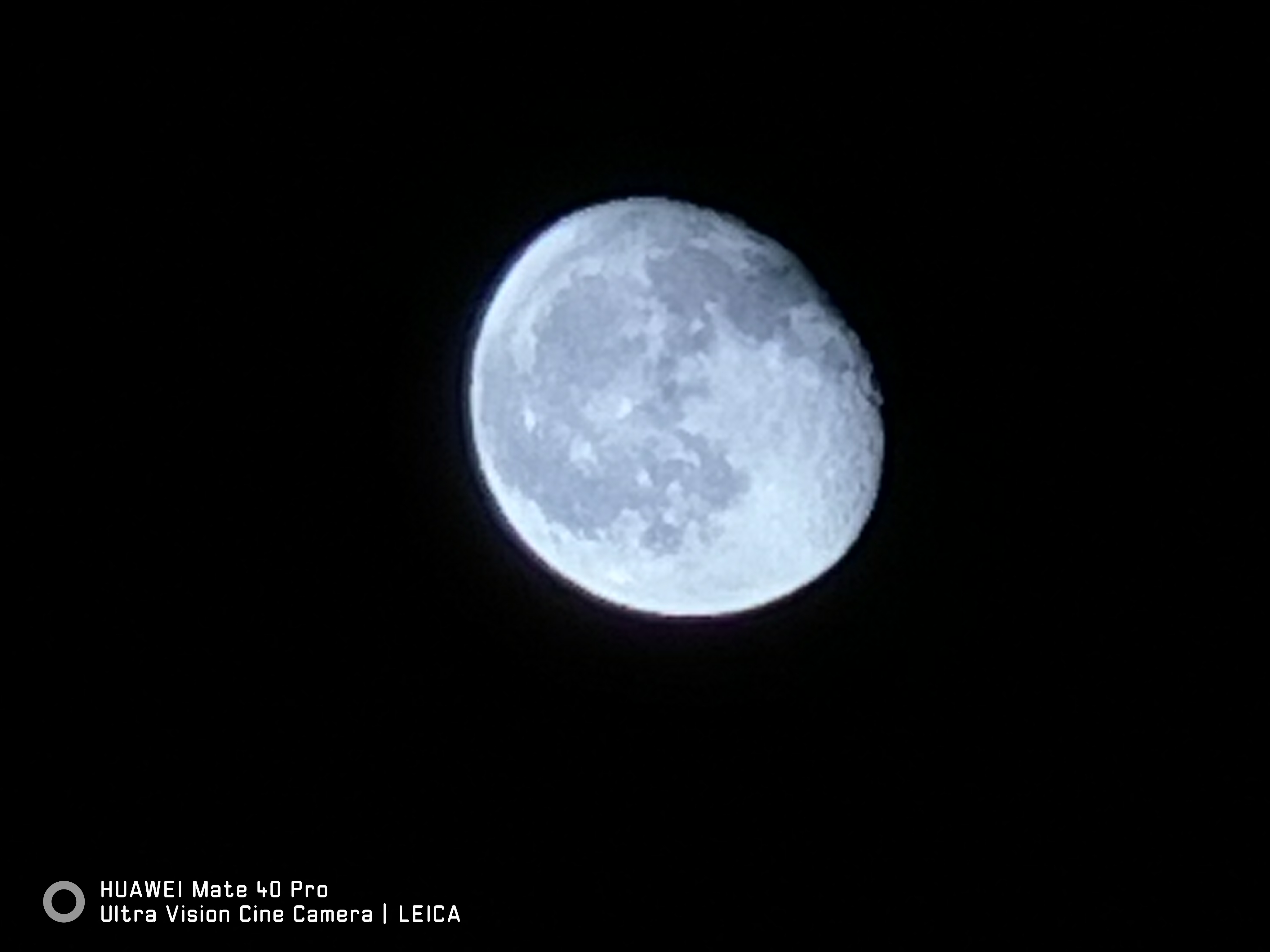Is Apple teasing a new iPhone 14 camera feature in its September 7 event invite?
Astrophotography on the iPhone?

Every time Apple releases a teaser for an upcoming event, people are quick to over-analyze it to oblivion; extrapolating weird and wild interpretations of what could be coming, based on the text and imagery that the company chooses to use.
For example, when Apple referred to the spring event as 'Peek performance', people decided it was all but confirmed that the company would debut Apple Glass. Turns out, it was just a few new processors.
I'm usually one of the people mocking those who rapidly over-think Apple invites but with the iPhone 14 launch poster, I've changed, as I have a theory on what this invite is hinting towards: astrophotography (pictures of celestial bodies) made possible on iPhone for the first time.
How does the Apple event invite suggest astrophotography?
There are two key parts of the Apple launch invite that make me think that astrophotography is being hinted towards, plus one other key factor to consider.
The first pertinent part of the invite is the text: "far out". Now I'm not a scientist, but I know that the moon, stars and planets are pretty... far out.
Secondly, the specks around the Apple logo might seem like random bright orbs, but if you zoom in on the picture, you can actually see that they're not all spherical. Some are oval, some are clustered – they look like galaxies.

I should point out, that lots of people think that 'far out' refers to the possibility that the iPhone will get satellite connectivity. While that's not implausible – as satellites are certainly pretty far out too – the graphical elements of the galaxies depicted in the invitation are why I think it's astrophotography (though it certainly could pertain to both).
Get daily insight, inspiration and deals in your inbox
Sign up for breaking news, reviews, opinion, top tech deals, and more.
But there's another key reason that I think Apple could introduce astrophotography: it needs to to remain competitive.
What even is astrophotography?
Astrophotography broadly refers to photographing the night sky – that means the moon, or stars, or sometimes even planets. It's mostly done on actual cameras, but some smartphones offer the functionality too.
Some Huawei phones have a dedicated moon mode, so you can capture all the details of our closest celestial friend, while Google has used an astrophotography mode which takes several minutes to use, and takes a picture of the night sky that usually does well to serve up rather stunning star fields, under the right conditions.
Below is a picture I took for my Huawei Mate 40 Pro review of the moon. Sure, it's a little low-res, but don't forget that it was captured on a smartphone.

Astrophotography used to be exclusively for top-end phones, but over the last few years, we've seen lots of budget devices include the mode too. Sure, most of them don't have the computational skills that Google offers, nor the top-end hardware of Huawei, but these easy-to-use modes can make it just a little easier to capture pictures of the night sky.
So that brings us on to that third reason I mentioned – Apple usually introduces small new modes to each new iPhone; like its macro and cinematic modes from the last few generations. Bringing astrophotography to the iPhone 14 would be a good option for this year's standout new feature, as it would give people another cool way to take pictures.
Let's not forget that Apple likes to show off how Californian it is, showing lots of footage from the region in its pre-recorded events, and naming its computer software after places around the US state.
Night-time star-gazing feels like quite a Californian thing to do – the International Dark Sky Association lists five different locations in the state as Dark Sky Places; where there's minimal light pollution so you can see the night sky well. For contrast, there are only four in the entirety of Canada, only one in Spain, and none in Italy.
So perhaps Apple will show off this new mode with lots of clips of people laying in the woods, or in one of California's various Dark Sky Places (many of which are also National Parks), snapping images of a twinkling sky.
Perhaps the iPhone 14 astrophotography mode will automatically change the exposure time when you're shooting at night, so that the light from distant stars is better captured. Maybe it'll balance the contrast of wide night shots so the moon doesn't blow out pictures. I can't say – I'm not a camera engineer; that's Apple's job, but we can hope.
But the teaser gives us enough clues that something space-related is coming, and for reasons just detailed, astrophotography makes a lot of sense.
TechRadar will be covering the September 7 iPhone launch when it happens, so check back on the day for all the information you need.

Tom Bedford joined TechRadar in early 2019 as a staff writer, and left the team as deputy phones editor in late 2022 to work for entertainment site (and TR sister-site) What To Watch. He continues to contribute on a freelance basis for several sections including phones, audio and fitness.